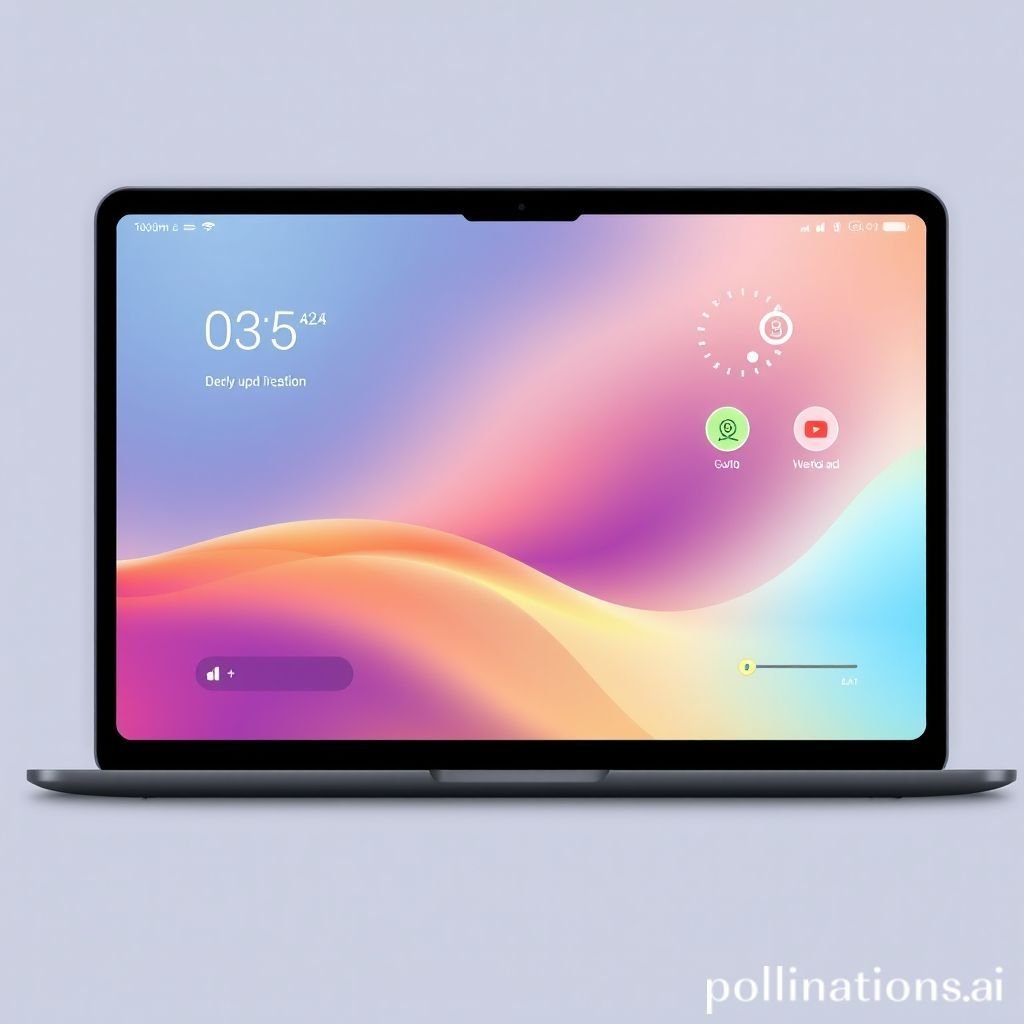Interface Transition Sounds: Glide, Whoosh, & Beyond
Optimize your digital interface with subtle UI transition sounds. Discover how whoosh and glide audio effects enhance user experience in any digital environment.
Elevating the Digital Experience
Every digital interface strives for seamless interaction. Users expect fluidity and clear feedback. Subtle audio cues play a vital role in achieving this goal. They enhance the overall user experience. Imagine an interface that feels responsive and intuitive. Sound design is key to this feeling.
The Power of Subtle Audio
Tiny sound elements make a huge difference. A well-placed whoosh sound can signal movement. A gentle glide indicates smooth progression. These audio effects are often subconscious. Yet, they significantly improve user perception. They add a layer of polish to any digital interface.
Why Transition Sounds Matter
Transition sounds bridge visual changes. They provide immediate feedback. This reduces user uncertainty. A sudden screen change can be jarring. A smooth transition sound lessens this effect. It makes the interface feel more cohesive. These sounds confirm actions, making the interface more predictable and pleasant.
Applications in Media
Transition sounds are everywhere. They define the feel of many digital products. Think about your favorite apps. They likely use these sounds. Every successful interface benefits from thoughtful audio.
Industry-Specific Uses
Video games heavily rely on transition sounds. A whoosh might accompany a character jump. A glide could mark menu navigation. Film and television also use them for scene changes. Product demos and educational software benefit immensely. These sounds guide users through complex interface pathways. They make the learning process more engaging.
Creative Techniques
Sound designers employ various techniques. They use pitch shifts and volume swells. Reverb and delay add depth. A simple whoosh can become dynamic. Layering different sfx creates unique textures. Each sound enhances the interactive interface. Creative use ensures the sound fits the brand identity.
Enhancing User Interface Feedback
Visual feedback is crucial, but audio complements it. When a button is pressed, a light click sound confirms it. A loading bar animation feels more complete with a subtle progression sound. This synergy improves user comprehension. It makes the UI feel alive. A well-designed interface considers both sight and sound.
Technical Analysis
Understanding the technical aspects helps production. Every sound sample has specific characteristics. These define its perceived quality and impact. Knowing these details allows for better sound design. This ensures a clean and effective interface sound.
Waveform Characteristics
A "whoosh" sound typically starts quietly. It builds to a peak and then fades. This creates a specific attack-decay pattern. The waveform often shows a distinct, sweeping shape. This shape is crucial for its auditory effect. A clean waveform means a clear transition sound.
Frequency Profile
"Whoosh" sounds often span a wide frequency range. They might start low and sweep high. Or they could remain in the mid-range. This frequency content defines its perceived "weight" or "lightness." Proper equalization ensures it doesn't clash. It must blend well with the existing interface audio.
Envelopes and Dynamics
The amplitude envelope is critical. It controls the sound's volume over time. A sharp attack creates an immediate feeling. A slow release provides a lingering sensation. Dynamics, or volume changes, add character. A well-crafted interface sound has a carefully shaped envelope. This makes the UI feel polished and professional.
Production Tips
Creating effective transition sounds requires specific skills. Proper recording and editing are fundamental. Using the right tools streamlines the process. This ensures high-quality interface elements.
Recording & Editing
High-quality microphones are essential. Record sounds in a quiet environment. This minimizes unwanted noise. Editing involves trimming and fading. Clean up any hums or clicks. Use noise reduction carefully. A crisp digital recording is the foundation.
Software Tools
Digital Audio Workstations (DAWs) are indispensable. Programs like Ableton Live, Logic Pro, or Pro Tools are common. Sound editing software, like Adobe Audition, is also useful. Plugins for EQ, compression, and reverb are vital. These tools help shape the raw sfx into perfect interface elements.
Mastering the Interface Sound
Finalizing the sound involves mastering. This ensures consistent volume levels. It also checks for clarity across different playback systems. The sound should not be too loud or too quiet. It must sit perfectly within the overall interface audio mix. A well-mastered sound provides a seamless UI experience.
Creative Implementation
Beyond basic application, transition sounds offer creative possibilities. They can be layered or spatially manipulated. This adds depth and immersion. Such techniques elevate the entire digital interface.
Layering Methods
Combine multiple sfx to create complex sounds. A short click can layer under a whoosh. This adds texture and realism. Different pitches can be blended. Experiment with various elements. This creates a rich interface audio tapestry.
Spatial Effects
Use panning to move sounds across the stereo field. A sound appearing from the left might move right. This mimics on-screen movement. Reverb can place sounds in an environment. This makes the UI feel more dimensional. Spatialization enhances the realism of the digital interface.
Blending with Visuals
Audio and visual elements must synchronize perfectly. A visual fade should match an audio fade. A quick animation needs a sharp transition sound. This synergy creates a powerful user experience. A cohesive interface feels complete.
Sound Pack Integration
A sound pack offers a collection of pre-made sounds. Integrating them simplifies development. They provide a consistent audio style. This saves time and effort for your digital interface.
Using with Other Sounds
The "Transition Glide Whoosh" is part of a larger collection. It's designed to complement other UI sounds. Use it alongside confirmation beeps. Pair it with button clicks or menu navigation sounds. This ensures a uniform audio language for your interface.
Complete Collection
Explore the full sound pack. It provides a comprehensive set of audio effects. These are ready for immediate use. Elevate your project with professional-grade sounds. Get the full sound pack for comprehensive audio solutions.

Conclusion
Subtle interface sounds are powerful. They optimize user experience. A well-chosen whoosh or glide makes a huge difference. These transition elements provide crucial feedback. They make any digital interface more intuitive. Investing in quality sound design pays off. It creates a truly memorable UI. Enhance your next project with thoughtful audio effects. Explore related interface sounds today. Related interface sounds. Don't forget to check out UI Confirm Tap for another excellent example. For professional sound assets, visit Pro Sound Effects.
FAQ Section
Q1: What is a "whoosh" sound in UI?
A "whoosh" is a common transition sound. It simulates rapid movement. It often signals a screen change or an object flying by. It's crucial for dynamic interface feedback.
Q2: How do subtle audio effects improve user experience?
Subtle audio effects offer immediate feedback. They confirm user actions. This makes the interface feel responsive. It reduces confusion and enhances overall user satisfaction.
Q3: Can I use these sounds in any digital interface?
Yes, these sound samples are versatile. They fit web applications, mobile apps, and games. They work well in presentations and interactive kiosks. Any digital interface benefits from them.
Q4: Are there different types of transition sounds?
Absolutely. Beyond "whoosh" and "glide," there are clicks, chimes, and pops. Each serves a unique purpose. They all contribute to a rich and responsive UI. A good interface utilizes a variety.
Q5: Where can I find high-quality interface sound packs?
Many online libraries offer sound packs. Look for those specializing in digital or UI sounds. Professional sound effect websites often have large collections. Ensure they provide high-fidelity sfx.





